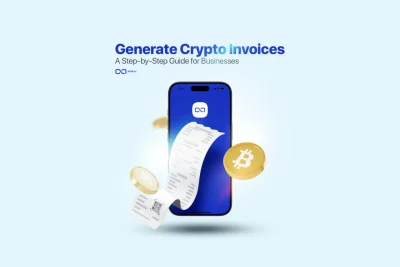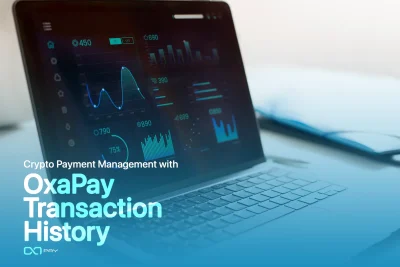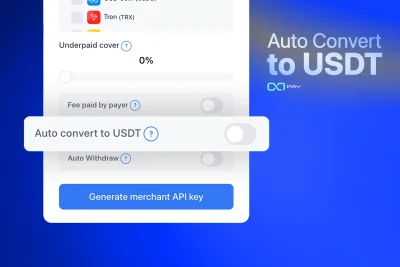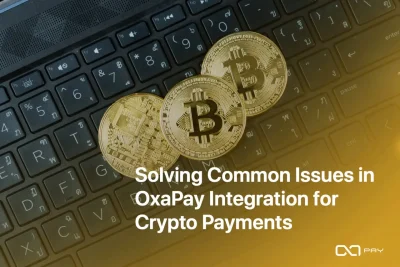In recent years, cryptocurrencies have emerged as a significant player in the global financial landscape, attracting interest from businesses and entrepreneurs. However, their inherent volatility poses unique challenges, particularly for merchants. This article explores strategies to managing crypto volatility, ensuring businesses can reap the benefits of crypto payments while minimizing risks.
Cryptocurrency Introduction and Factors Affecting Its Volatility
Cryptocurrency is a digital or virtual currency that uses cryptography for security, operating independently of a central bank. Its volatility is influenced by various factors, including market demand, investor sentiment, regulatory news, and technological advancements. These elements can lead to rapid and significant price fluctuations, making cryptocurrencies both an exciting and unpredictable asset class for investors and merchants alike.
The Impact of Volatility on Merchants: Risks and Potential Losses
Volatility can lead to significant risks for merchants, including potential losses when the value of received cryptocurrencies drops before conversion to fiat currencies. This unpredictability complicates pricing strategies and financial planning.
Impact on Revenue and Pricing Strategies
Crypto volatility directly impacts merchants’ revenue, as the value of received payments can swiftly rise or fall. This necessitates adaptive pricing strategies to safeguard profits, requiring merchants to dynamically adjust prices in response to crypto market fluctuations to stay competitive and financially stable.
Challenges in Accounting and Financial Reporting
Accounting for cryptocurrency transactions presents unique challenges due to their volatility. Merchants must frequently update the valuation of crypto assets, complicating financial reporting and tax obligations. This requires meticulous record-keeping and possibly specialized accounting software to accurately track and report these transactions.
Legal and Regulatory Considerations
Merchants accepting cryptocurrencies must navigate a complex regulatory environment, as laws and guidelines can vary widely by jurisdiction and change rapidly. Staying compliant requires constant vigilance to adhere to legal standards regarding crypto transactions, anti-money laundering (AML) practices, and tax obligations.
Importance of Managing Volatility for Merchants
For merchants, controlling crypto volatility is vital to protect profits and ensure business continuity. It helps in stabilizing revenue streams, making financial forecasting more reliable, and keeping pricing strategies competitive. Successfully managing crypto volatility enables businesses to confidently accept cryptocurrencies, leveraging their advantages while minimizing the financial risks associated with their fluctuating values.

Strategies for Managing Crypto Volatility
Several strategies can help merchants mitigate the risks associated with crypto volatility, including diversification, accepting stablecoins, and using hedging tools.
Diversification of Cryptocurrency Assets
Diversifying the range of cryptocurrencies accepted for payment can spread and thus minimize the risk associated with the volatility of any single cryptocurrency. By accepting a variety of digital currencies, merchants can reduce the impact of sharp price movements in any one asset, ensuring a more stable and predictable revenue stream from crypto transactions, and safeguarding their business against market fluctuations.
Accepting Stablecoins
Accepting stablecoins as a payment option offers merchants a shield against crypto volatility. Stablecoins, pegged to stable assets like the US dollar, provide the benefits of digital currency transactions—speed, security, and lower fees—without the typical price fluctuations of cryptocurrencies. This stability makes financial planning more predictable and simplifies the pricing and accounting for transactions conducted in digital currencies.
Setting Up Crypto Volatility Reserves
Establishing reserves specifically to offset crypto volatility risks allows merchants to cushion the impact of market downturns. By allocating a portion of profits into a volatility reserve fund, businesses can ensure they have a financial safety net to cover potential losses from sudden price drops in accepted cryptocurrencies.
Hedging with Crypto Derivatives
Utilizing crypto derivatives, such as futures and options, merchants can hedge against market volatility. This strategy allows them to lock in prices for cryptocurrencies, safeguarding against adverse price movements. Hedging provides financial stability, enabling businesses to plan with more certainty by protecting them from the potential losses associated with rapid and unpredictable changes in crypto asset values.Top of Form
Setting Dynamic Prices
Adopting dynamic pricing strategies allows merchants to adjust the prices of their goods and services in real-time based on current cryptocurrency values. This approach helps maintain profit margins by compensating for the fluctuations in crypto market prices, ensuring businesses remain competitive while protecting their revenue.
Automating Conversions with Crypto Payment Gateways
Crypto payment gateways that automatically convert cryptocurrencies into fiat or stablecoins at the point of transaction provide merchants with immediate protection from market volatility. This automation ensures that the value of a sale is locked in at the time of the transaction, minimizing the risk of value loss due to sudden market movements. It simplifies the financial process, allowing businesses to focus on growth rather than currency management.
Technology Tools for Volatility Management
Technology tools for managing crypto volatility include software platforms and applications designed to monitor market trends, automate conversions, and implement hedging strategies. These tools help merchants stay ahead of market movements, offering features like real-time alerts, automatic transaction conversion, and risk management options. By leveraging such technology, businesses can reduce their exposure to crypto price fluctuations, making digital currency transactions safer and more predictable.
Benefits of Using Automated Conversion and Hedging Tools
Automated conversion and hedging tools offer significant benefits, including reduced risk by locking in transaction values instantly, increased efficiency through the automation of complex processes, and improved profitability by protecting against adverse price movements. These tools streamline operations, allowing merchants to focus on their core business while mitigating the financial uncertainties associated with cryptocurrency volatility.
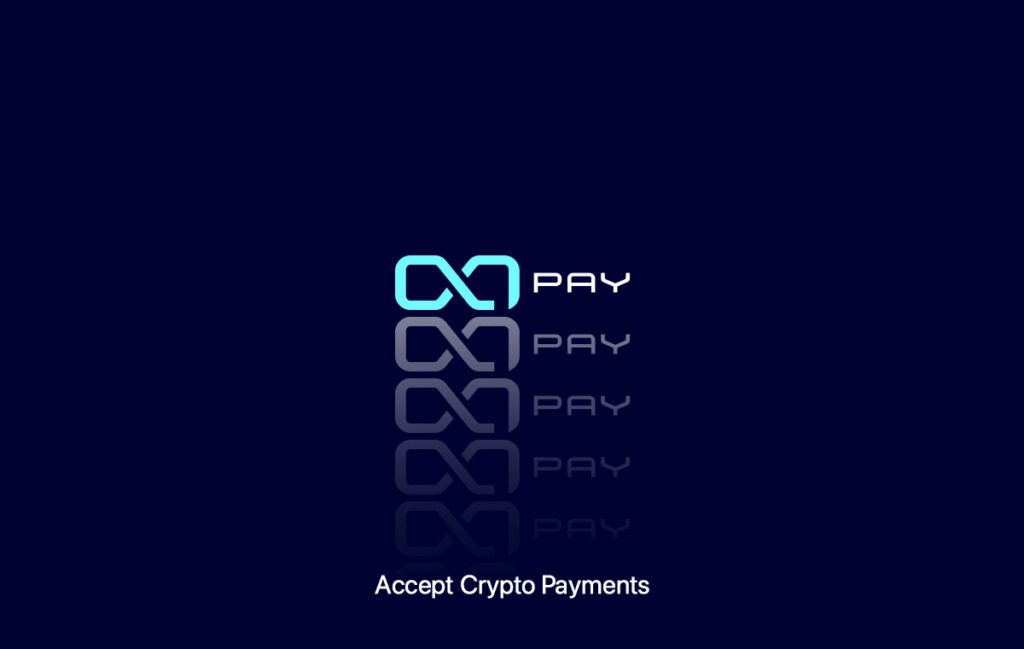
Introduction to OxaPay Crypto Payment Gateway
OxaPay is a cutting-edge crypto payment gateway designed to facilitate the acceptance of various cryptocurrencies for businesses worldwide. It offers a secure and streamlined platform, enabling easy integration into merchants’ existing systems to expand their payment options and embrace the growing digital currency market.
OxaPay’s Solution to Crypto Volatility
OxaPay’s crypto gateway streamlines transactions, enabling instant conversion of cryptocurrencies to stablecoins. Merchants can thus accept crypto payments without fearing value loss. This approach makes digital currencies an attractive option for business. Furthermore, OxaPay’s platform is tailored to boost merchant confidence in crypto, offering protection against volatility and enhancing transactional efficiency. It simplifies Cryptocurrency acceptance, providing a secure, efficient, and user-friendly bridge between traditional finance and the evolving cryptocurrency world.
Features and Benefits of Using OxaPay for Merchants
OxaPay stands out with Secure Payment Processing, ensuring transactions are safe from fraud. It supports Multiple Cryptocurrencies, widening customer payment options. Fast and Low-Cost Transactions reduce overheads and enhance customer satisfaction. Seamless Integration with existing systems simplifies adoption. Additionally, OxaPay offers Real-Time Settlements, improving cash flow, and Global Reach, enabling merchants to accept payments from anywhere, expanding their market presence.
Explanation of the Auto Convert to USDT Feature
The Auto Convert to USDT feature by OxaPay is a standout solution designed for merchants to combat the volatility inherent in cryptocurrencies. This feature automatically converts cryptocurrencies into Tether (USDT), a stablecoin pegged to the US dollar, at the time of transaction. This ensures the value of the received payment remains consistent, protecting merchants from the risk of market fluctuations. The conversion process is immediate, providing merchants with stable value and liquidity without manual intervention, thereby streamlining the financial management of crypto payments.
OxaPay Auto Convert to USDT Feature: How It Protects Your Business
OxaPay’s Auto Convert to USDT feature protects businesses. It quickly changes volatile cryptocurrencies into USDT, stabilizing their value. Thus, it diminishes financial risk. Consequently, crypto transaction revenues stay stable, despite market changes. This offers merchants financial security and predictability.
How It Works
Upon receiving a cryptocurrency payment, OxaPay’s system immediately detects the transaction and converts the Cryptocurrency into USDT. This conversion locks in the transaction’s value at the current market rate, ensuring the amount credited to the merchant’s account reflects a stable and predictable value, regardless of market volatility.
Advantages for Merchants in Terms of Volatility Management
- Protection against market fluctuations
- Immediate access to stable value
- Simplified financial planning and reporting
- Enhanced pricing strategy stability
- Improved Cash Flow Management
- Reduction in financial risk
- Increased customer trust and transaction appeal
- Streamlined accounting processes
Setting Up and Integrating the Feature with Your Business
Integrating OxaPay’s Auto Convert to USDT feature into your business operations is straightforward. Just log in to your OxaPay merchant account and navigate to the API section. Here, you can generate a new API key with the “Auto Convert to USDT” option enabled. For existing keys, simply edit the settings to toggle Auto Convert “On.” Once activated, any incoming crypto payment will be instantly converted to USDT, streamlining your financial operations.
Conclusion: Embracing Crypto Payments While Mitigating Risk
While crypto offer exciting opportunities for businesses, effectively managing their volatility is crucial. Solutions like OxaPay’s Auto Convert feature allow merchants to accept crypto payments confidently, ensuring they can protect their operations from market fluctuations and maintain stable financial practices.

